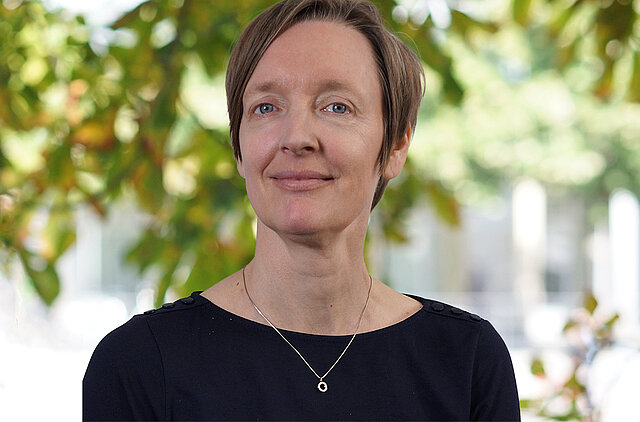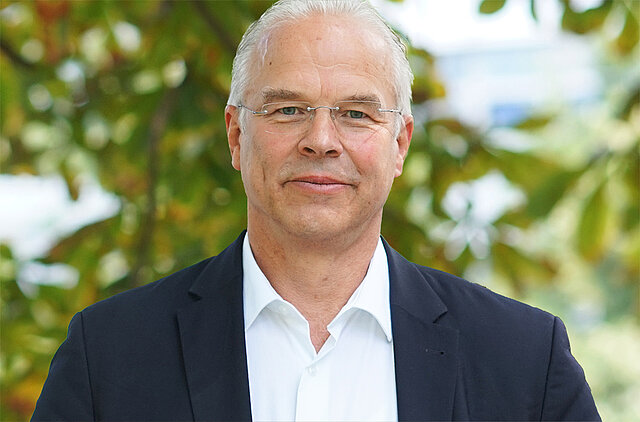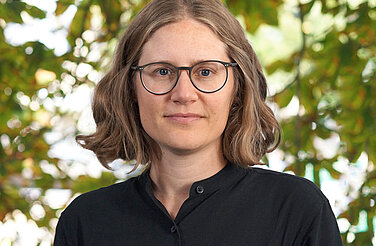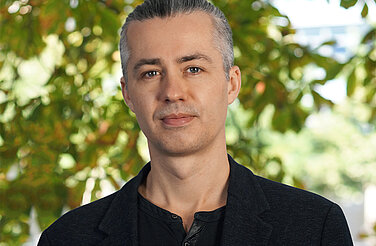This content is also available in: German
Why public money for public goods is a win-win for EU agriculture
The EU Commission is aiming for a more efficient new Multiannual Financial Framework (MFF). For the Common Agricultural Policy (CAP) what matters most is the targeted use of public funds for public services.
The debate on the next European multi-annual budget (MFF) raises an old question: what justifies the continued transfer of large sums of taxpayers’ money to agriculture?
New priorities such as defence and industrial competitiveness and a growing demand for budgetary performance make this question even more timely. The ongoing debate about the architecture of the next CAP – like how many pillars it should have – and the budget size, however, risks distracting from the essential question of what the money will be used for.
Shifting CAP payments towards public goods offers a promising path forward for both farmers and society. Whether big or small, farms across Europe should be rewarded for the critical societal services that agriculture can provide. Clean water, healthy soils, biodiversity, climate change mitigation, animal welfare as well as certain social effects of agriculture are public goods of major societal value. But as they are insufficiently rewarded by markets, they remain undersupplied.
A CAP that gradually transforms basic income support into payments that reward the provision of public goods would turn sustainability into an economic opportunity. This would help make the policy a core pillar of a competitive, fair, resilient and future-proof EU, as envisioned by the European Commission.
For example, reliably rewarding farmers for adopting agricultural practices that support ecosystem services, like clean air, clean water and pollination will contribute to the European economy. The European Central Bank estimates that over two-thirds of EU companies involved in the real economy depend on such services and would be negatively affected by their decline.
The same is true for supporting the EU’s path to climate neutrality. It makes economic sense to stimulate emission cuts and carbon removals in agriculture. For example, incentivising the use of methane emission reduction technologies comes at a lower cost than what other sectors would pay for emission reductions or removals.
Only a resilient agriculture sector can contribute to societal objectives. Faced with accelerating climate impacts, agriculture will therefore also need public support to implement adaptation measures. Similarly, adopting new practices and innovations like digitisation - essential for a future-proof sector - involve costs that farmers cannot cover alone.
A CAP focused on rewarding the provision of public goods also fits well within a more impact-driven EU budget since it would directly link spending to policy objectives. Co-financing rates can be adjusted accordingly – with higher EU contributions for measures with a higher ambition.
Finally, it is important to keep in mind that public goods are context specific. In some rural areas of Europe, were little alternative income sources are available, maintaining farming livelihoods can be a public good, critical for cohesion and other social functions of agriculture.
Yet these opportunities tend to be downplayed in today’s debate. Meanwhile, most of the current arguments used to legitimise CAP spending do not stand up to scrutiny.
For instance, the idea from the Strategic Dialogue on the future of EU agriculture to direct CAP support towards farmers who “need it most” quickly runs into a data problem: farm income, in contrast to household income, is an inaccurate indicator of social need and there is no EU-wide data on farm household income. Moreover, issues of socio-economic fairness are better addressed by social policy than agricultural payments.
Food security is another often-cited objective for CAP support. However, there is no evidence to link CAP payments to food security. While critical as such, food security in the EU is not endangered by a lack of food – a situation not projected to change any time soon. Food security is determined by many factors, including the purchasing power of consumers.
The provision of a safety net for climate or economic shocks is also not a solid basis for public payments to agriculture. Shocks and risks are, per definition, unpredictable and unevenly distributed across regions and production systems, and risk-management strategies of farmers are diverse, making it difficult to justify uniform spending.
Agriculture can provide public services no other sector can provide. This needs to become an economic opportunity for farmers. Payments that are not targeted to clearly defined and verifiable societal objectives lack a clear rationale and risk not delivering meaningful impacts. This would leave the sector with a poor argument for continuing these payments into the future. A path that turns societal goals into entrepreneurial opportunities is not only more compelling – it is a recipe for a stronger and more confident farming sector.

 Christine Chemnitz
Christine Chemnitz
 Harald Grethe
Harald Grethe



